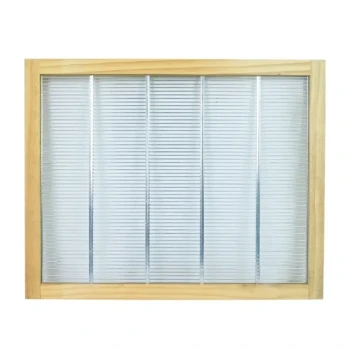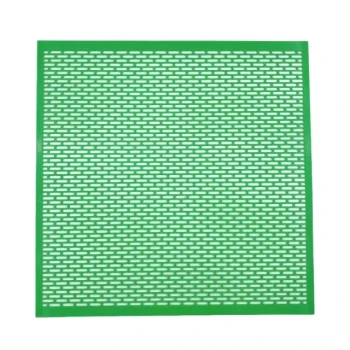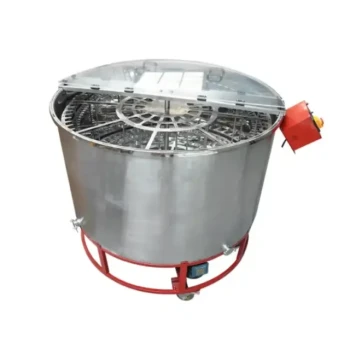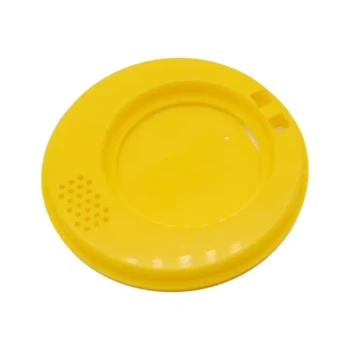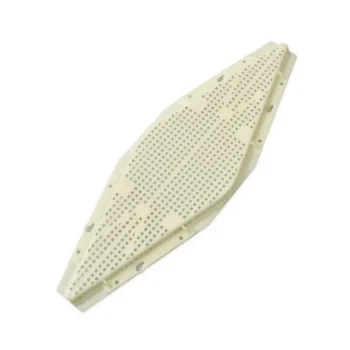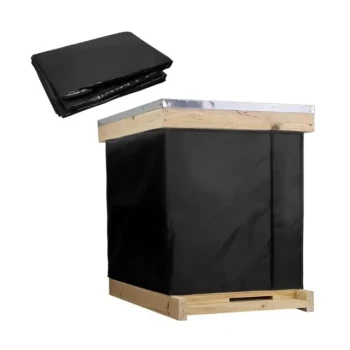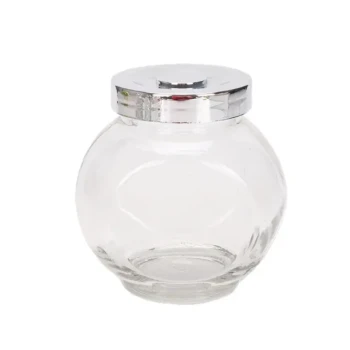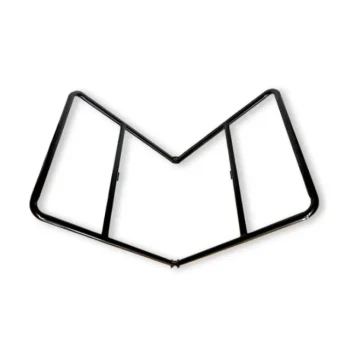Beekeepers face a constant balancing act: producing abundant, pure honey while ensuring colony vitality. Queen excluders—when used strategically—can be powerful tools for achieving both goals. This guide cuts through the debate, revealing when these devices boost productivity and when they risk harming your hive.
Queen Excluders: Boon or Burden for Your Hive?
Queen excluders are mesh barriers that separate the brood chamber (where the queen lays eggs) from honey supers (where workers store honey). Their primary benefit? Ensuring honey remains free of brood and pollen, which maintains purity and simplifies extraction.
How Excluders Influence Honey Quality and Harvest Workflow
- Purity Assurance: By restricting the queen’s movement, excluders prevent eggs or larvae from mixing with honeycombs. This is critical for commercial beekeepers selling premium, filtered honey.
- Efficiency Gains: Harvesting becomes faster when honey supers contain only capped honey, reducing sorting labor.
Hidden Risks: When Excluders Harm More Than Help
- Worker Bee Stress: Some studies suggest excluders may hinder worker movement, forcing bees to squeeze through tight spaces. Over time, this can reduce foraging efficiency.
- Queen Health Impacts: In smaller or weaker colonies, excluders may isolate the queen from resources, potentially affecting egg-laying patterns.
Key Takeaway: Excluders excel in strong colonies with ample worker populations but may backfire in struggling hives.
Mastering Excluder Deployment
Selecting the Right Excluder Type for Your Hive System
-
Metal vs. Plastic:
- Metal: Durable and long-lasting but may bend over time, creating gaps.
- Plastic: Lightweight and easier to clean but less sturdy in extreme weather.
- Spacing Considerations: Opt for excluders with 4.2–4.4 mm gaps—wide enough for workers but too narrow for queens.
Seasonal Timing and Maintenance Best Practices
- Spring/Summer Use: Deploy excluders during peak nectar flows (e.g., clover or citrus blooms) when honey production is highest.
- Winter Removal: Always remove excluders in colder months to let clusters move freely and access stored honey.
- Cleaning Intervals: Inspect and clean excluders every 2–3 weeks during active seasons to prevent propolis buildup, which can block bee passage.
Pro Tip: Monitor hive weight and bee behavior after installing excluders. If honey production stalls or bees seem agitated, reassess their placement.
Elevate Your Beekeeping Strategy with HONESTBEE
Whether you’re a distributor supplying apiaries or a commercial beekeeper scaling operations, HONESTBEE’s beekeeping equipment—including precision-designed queen excluders—helps you achieve cleaner harvests and healthier hives. Explore our wholesale solutions today to streamline your productivity.
Final Thought: Like any tool, excluders aren’t universally "good" or "bad." Their success hinges on thoughtful deployment tailored to your colony’s needs—a harmony of science and seasonal awareness.
Products You Might Be Looking For:
Explore durable wooden queen excluders
Visual Guide
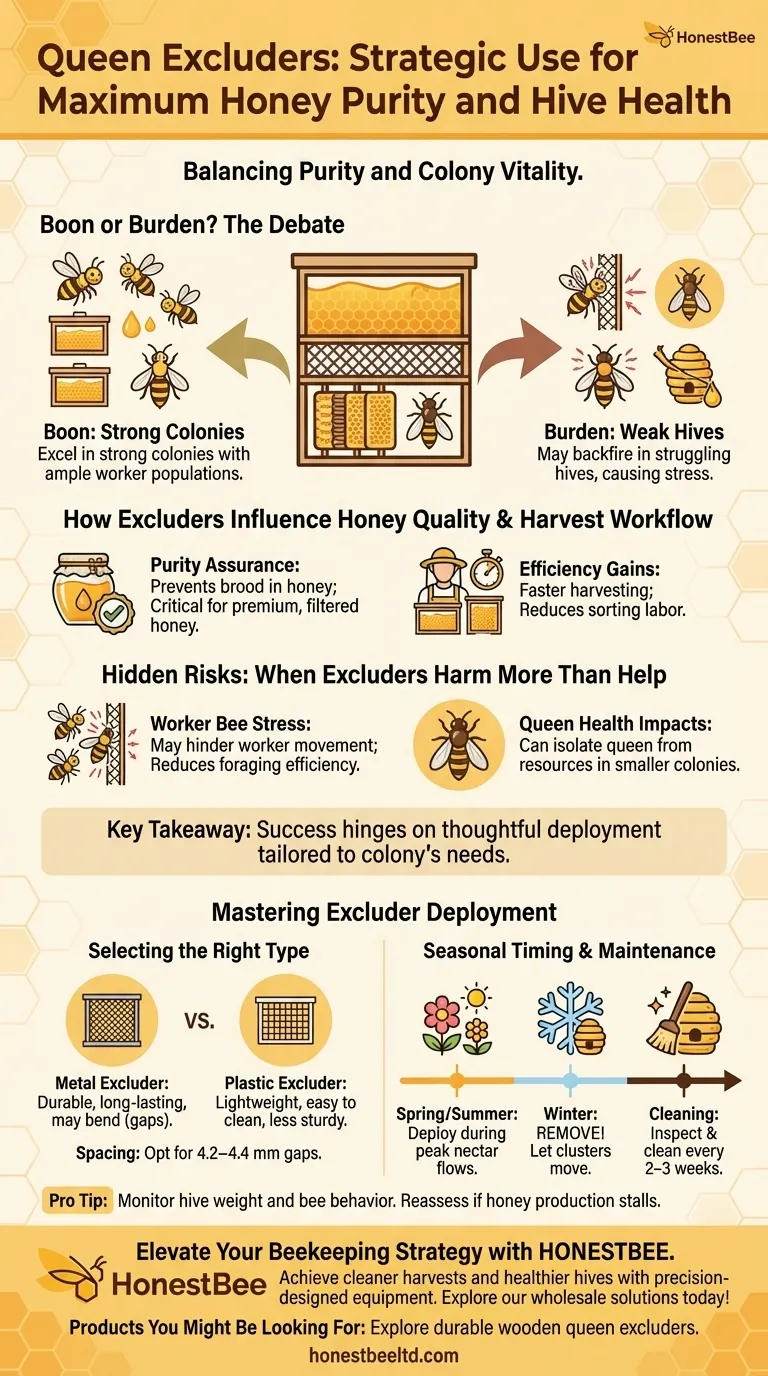
Related Products
- Premium Wood Framed Metal Wire Queen Bee Excluder
- Professional Plastic Queen Excluder for Modern Beekeeping
- Plastic Queen Bee Excluder for Bee Hive Wholesale
- Wooden Queen Bee Excluder for Beekeeping
- High Performance Plastic Queen Excluder for Beekeeping and Apiary Management
Related Articles
- How Queen Excluders Optimize Hive Productivity and Honey Quality
- Galvanized vs. Stainless Steel Queen Excluders: A Data-Backed Guide to Long-Term Durability and Cost Efficiency
- How to Choose the Best Queen Excluder: Balancing Durability, Cost, and Bee Welfare
- How to Optimize Queen Excluder Placement for Healthier Hives and Higher Honey Yields
- How Queen Excluders Optimize Hive Productivity: Benefits, Limitations & Advanced Techniques

